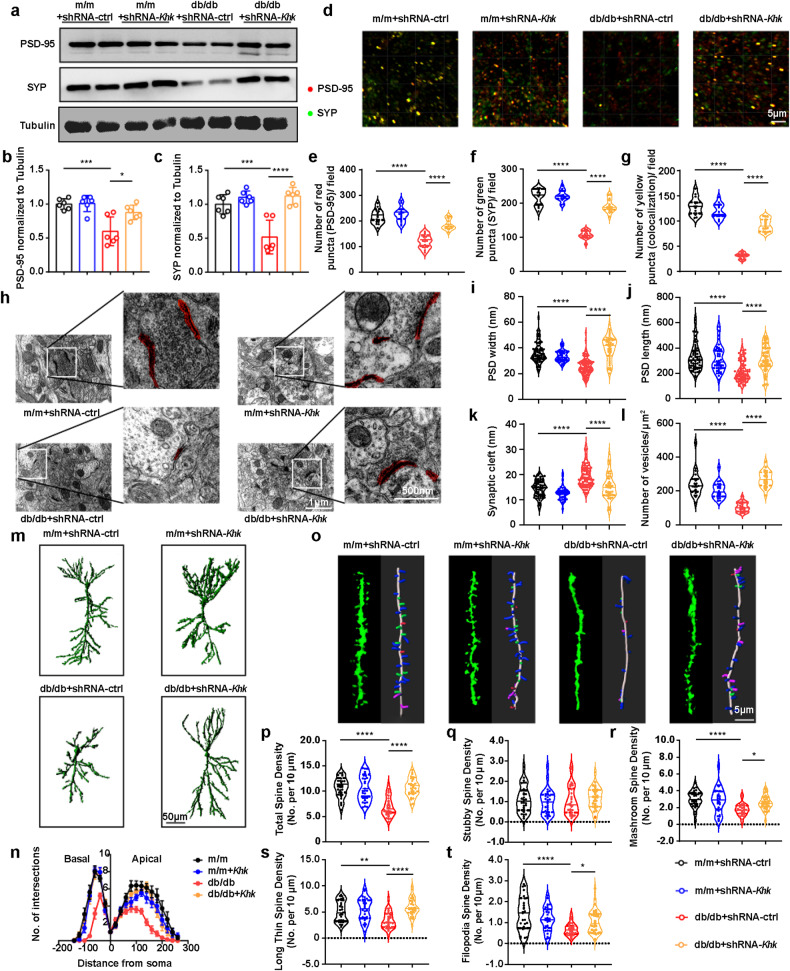Fig. 6. Effects of Khk knockdown on structural synaptic plasticity in the hippocampus of db/db mice.
a–c Representative western blot (a) and densitometric analysis of PSD-95 (b) and SYP (c) (n = 6). d–g Immunofluorescence (d) and quantitative analysis of PSD-95-positive (red) (e), SYP-positive (green) (f) or double-positive puncta (yellow) (g) (n = 15 from 3–5 mice). Scale bar = 5 μm. h–l Representative images of synaptic ultrastructure (h, highlighted in red) and quantitative analysis of PSD width (i) (n = 44–82 from 3-5 mice) and length (j) (n = 44–82 from 3-5 mice), synaptic cleft (k) (n = 44-82 from 3-5 mice) and number of vesicles (l) (n = 20–23 from 3-5 mice). Scale bar = 500 nm. m, n Golgi staining imaging of neuronal morphology (m) and quantification of dendritic complexity (n) (n = 15 from 3-5 mice). Scale bar = 50 μm. o Representative three-dimensional reconstruction images of dendrites (left) and different kinds of spines in hippocampal pyramidal neurons (right) (n = 30 from 3-5 mice). Scale bar = 5 μm. p–t Quantification of different kinds of spine densities, including total spine density (p) and stubby (q), mushroom (r), long thin (s) and filopodia spines (t) (n = 30 from 3-5 mice). The data are presented as the mean ± SEM and were analyzed by one-way ANOVA with Tukey post hoc analysis (b–g, r, t) or Kruskal‒Wallis followed by Dunn’s multiple comparisons tests (i–l, p, q, s). The data in (n) were analyzed by two-way ANOVA. *P < 0.05; **P < 0.01; ***P < 0.001; ****P < 0.0001.

